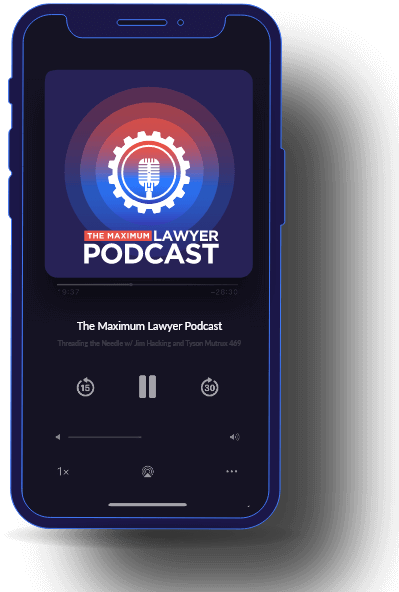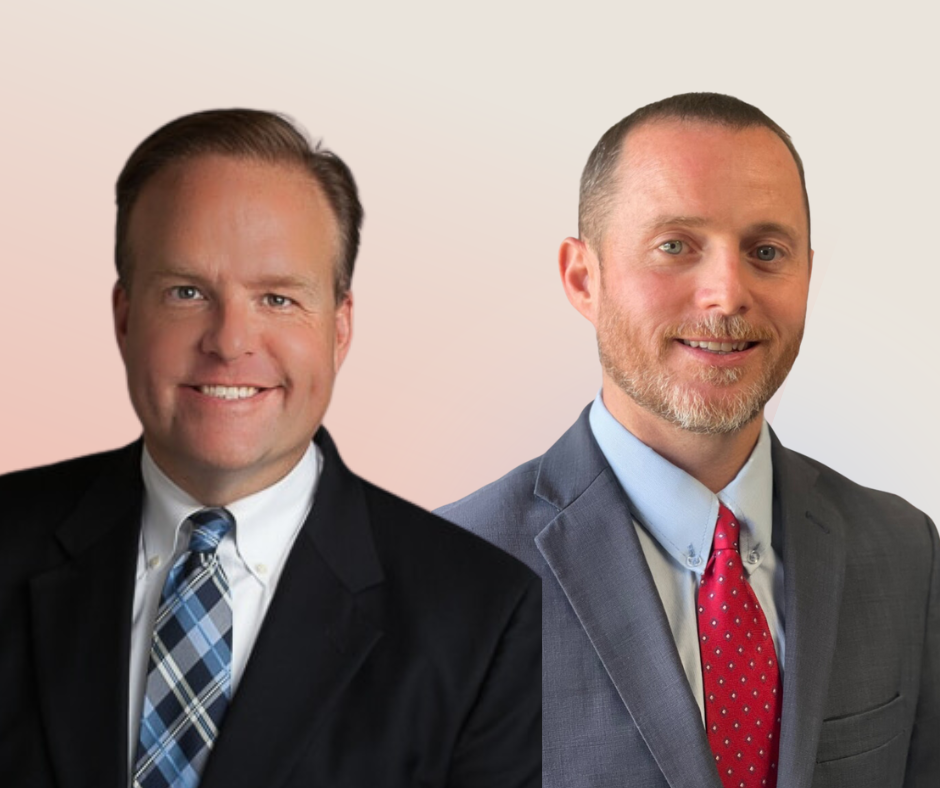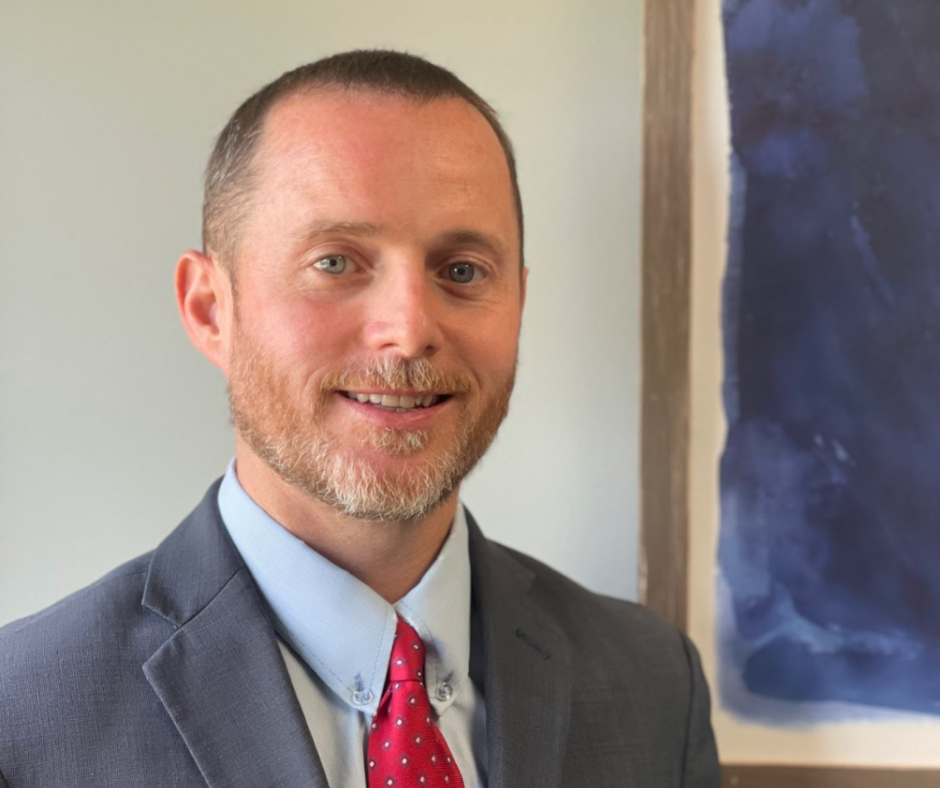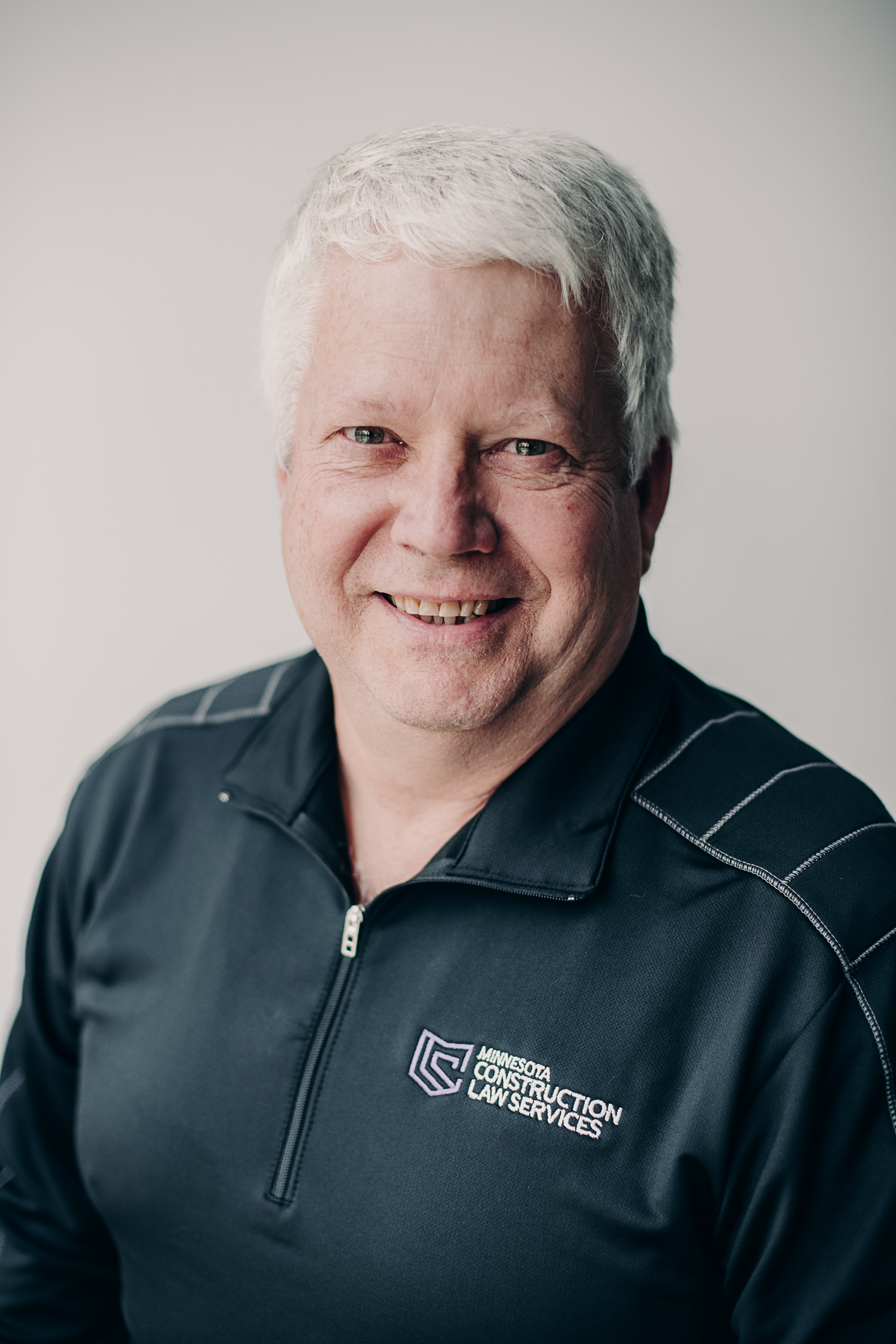Do you struggle with keeping realistic expectations? In this episode of the Maximum Lawyer Podcast, Tyson and Jim share their insights on unbridled optimism and how it relates to the field of law.
Looking to set up a virtual system that runs without you? That runs like clockwork? Listen to today’s episode with Regina Edwards, as we share her 2022 MaxLawCon presentation about the automation you can set up to qualify your leads, create a smooth client journey and to maximize your time wherever you are in the world.
Regina walks through the basics setup and intentionality behind her automation system. And while there is work in the set up, as Regina said, if you don’t execute — it doesn’t matter what your plan was. So get your note taking app out as she dives into her intake and litigation automation processes.
Episode Highlights:
01:50 Virtual lawyering!
02:55 High Level overview of intake
06:10 Streamline your intake with a CRM
10:30 Declining potential clients that are not a good fit an easy way
11:33 After the intake call, what do you do?
13:07 How do you enforce team consistency?
14:27 Litigation workflow
16:19 What can you automate?
19:35 Creating a discovery workflow

Connect with Regina:
Resources:
-
- Join the Guild Membership
- Meet us in Austin, TX! The ZAPATHON Automation Workshop featuring Kelsey Bratcher!
- Become a member to purchase your ticket.
- Subscribe to the Maximum Lawyer Youtube Channel
- Follow us on Instagram
- Join the Facebook Group
- Follow the Facebook Page
- Follow us on LinkedIn
The post Creating a Virtual System That Runs Like Clockwork Without You appeared first on Maximum Lawyer.
Guild Membership
Free Access to Stage 1 of Maximum Lawyer in Minimum Time
Sign Up Today!Customer Reviews
4.9 out of 5
Join Our Facebook Group
Enjoy Exclusive Access To Stage One Of The Maximum Lawyer In Minimum Time Course
Privacy Policy
This privacy policy has been compiled to better serve those who are concerned with how their ‘Personally Identifiable Information’ (PII) is being used online. PII, as described in US privacy law and information security, is information that can be used on its own or with other information to identify, contact, or locate a single person, or to identify an individual in context.
Please read our privacy policy carefully to get a clear understanding of how we collect, use, protect or otherwise handle your Personally Identifiable Information in accordance with our website.
What personal information do we collect from the people that visit our blog, website or app?
When ordering or registering on our site, as appropriate, you may be asked to enter your name, email address or other details to help you with your experience.
When do we collect information?
We collect information from you when you register on our site, place an order, subscribe to a newsletter, Use Live Chat, Open a Support Ticket or enter information on our site.
How do we use your information?
We may use the information we collect from you when you register, make a purchase, sign up for our newsletter, respond to a survey or marketing communication, surf the website, or use certain other site features in the following ways:
- To personalize your experience and to allow us to deliver the type of content and product offerings in which you are most interested.
- To improve our website in order to better serve you.
- To allow us to better service you in responding to your customer service requests.
- To quickly process your transactions.
- To send periodic emails regarding your order or other products and services.
- To follow up with them after correspondence (live chat, email or phone inquiries)




